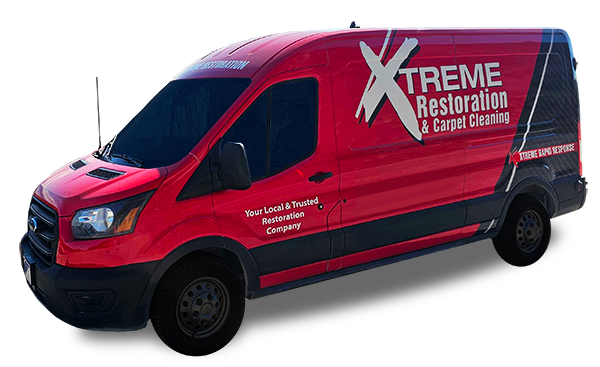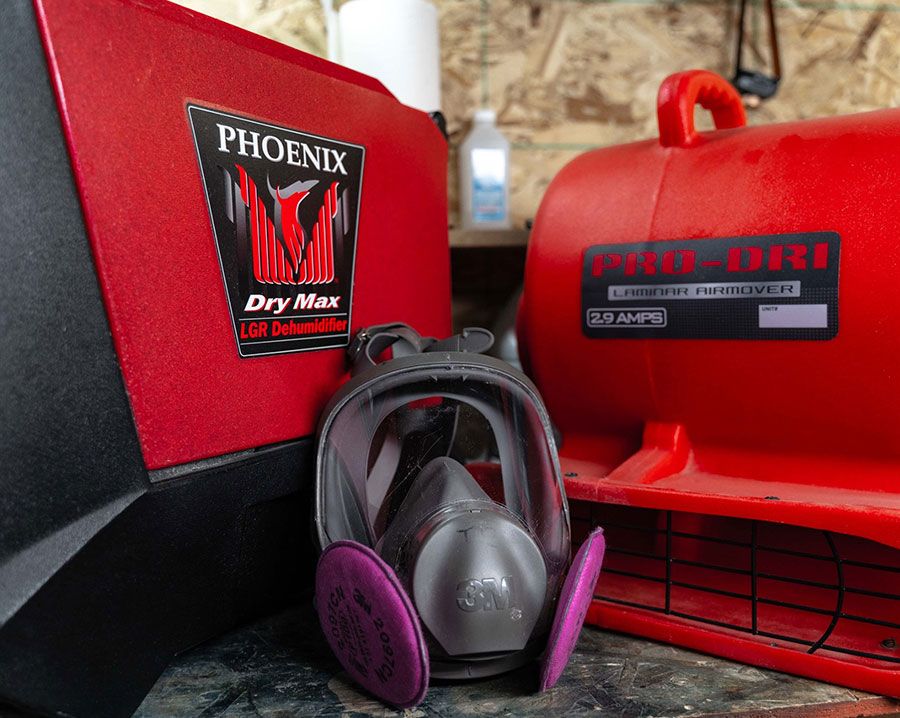Did you know mold can start growing in just 24 to 48 hours after a flood? This is a big reason why you need to act fast when water floods your home. If you’re wondering how to pump water out, you’re not alone. Every year, many homeowners face the challenge of removing water quickly to avoid damage.
Water can cause floors to swell and warp, and it can also lead to mold growth. Delaying water removal can cause serious problems. This guide will help you understand how to remove water from your flooded house. We’ll cover the best ways to pump out water and make your home safe and dry again.
Key Takeaways
- Mold can start growing within 24-48 hours after flooding, making rapid water removal essential.
- Structural damage includes swelling, warping, or soft spots in floors, walls, and ceilings.
- Floodwater can contaminate carpets, requiring their removal and replacement.
- Professional tools like moisture meters and thermal imaging cameras are vital for assessing damage accurately.
- Floodwater can contain harmful contaminants, including sewage, posing health risks to occupants.
- Approximately 30% of homes develop mold within 24 to 48 hours if not properly dried out after flooding.
- The CDC reports that 1 in 5 people returning to flooded homes without proper precautions may experience health issues related to mold exposure.
Assessing the Situation and Initial Safety Steps
When a house floods, safety and assessment come first. It’s key to turn off electricity, document damage, and find the flood source. These steps help ensure a safe and effective cleanup.
Turn Off Electricity
Electrical safety is the first rule when dealing with a flooded house. Floodwater and electricity are a deadly mix. Turn off power in affected areas to avoid electrical shock.
Wear protective gear like rubber boots, gloves, and masks. This keeps you safe from harmful contaminants in the water.
Document the Damage
Documenting damage is vital for insurance claims. Use a camera or smartphone to take clear photos and videos. This helps show the extent of damage to walls, floors, and belongings.
Find the Source of the Water
Finding the flood source is key to preventing future problems. Look for leaks, broken pipes, or water entry points. Properly maintained flood barriers and a reliable water pump, like the Honda WX10 or WH20, help a lot.
Regularly test sump pumps and backflow valves. This helps manage and reduce flood risks.
Effective Methods for Removing Water from a Flooded House
Acting fast is key when dealing with water in your home. Small floods can turn into big problems quickly. Mold can start growing in just 24 to 48 hours. Using different methods for water removal helps dry and fix your home well.
Using a Sump Pump
Sump pumps are great for removing lots of water, like in basements. They can handle a lot of water, making them perfect for big floods. It’s important to pump water slowly to avoid damaging your home.
Experts often use sump pumps because they work well and fast. They help lower water levels quickly.
Wet/Dry Shop Vacuum
For smaller floods, a wet/dry shop vacuum works well. It can pull water from floors, carpets, and more. After removing most of the water, using dehumidifiers helps lower moisture levels.
This makes it harder for mold to grow. These vacuums are easy for homeowners to use.
Other Tools
Other tools are important for removing water completely. Moisture absorbers and fans help dry things faster. Moisture meters and thermal cameras find hidden water damage.
Using these tools with pumps and vacuums makes sure your home is dry. This reduces the chance of mold and damage.
Conclusion
Handling a flooded house well needs quick action, a good check, and the right water removal methods. First, turn off the electricity, document the damage, and find where the water came from. Using tools like submersible pumps, wet/dry shop vacuums, and big dehumidifiers is key.
Submersible pumps can move up to 4,000 gallons of water an hour. This makes them vital for big water removal jobs. Wet/dry shop vacuums, like the Shop-Vac 5989300, are great for getting rid of leftover water and mess.
After removing water, you might need experts to dry everything out fully. This stops long-term damage and health risks. Big dehumidifiers, like the Frigidaire 50 Pint Dehumidifier, can take out up to 70 pints of water a day. This speeds up drying a lot.
Preventing floods is also important. Regular checks and installing water alarms and sensors help a lot. Checking plumbing and sump pumps yearly can stop floods. Tools like the Honeywell RWD21 Water Leak Alarm give early warnings, helping homeowners act fast.
In the end, using quick water removal methods and regular checks is the best way to deal with floods. It keeps your property safe and your family safe too.





